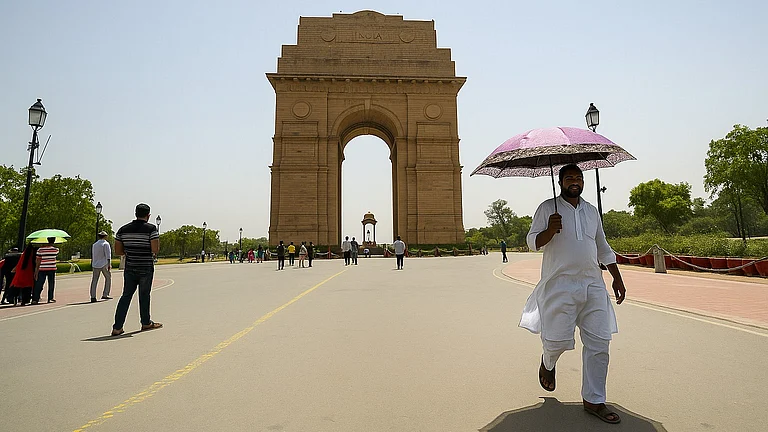Can climate change be fought by pressing a button on your AC’s remote? It may sound far-fetched, but a new proposal by the government aims to do just that.
How Your AC Remote Can Help Fight Climate Change
The Central government proposes to cap the temperature on AC units with a view to fight heatwaves, reduce power demand and control emissions
On June 12, Union Minister of Housing and Urban Affairs, Manohar Lal Khattar, while addressing a news conference in New Delhi, said that India will soon implement standardised temperature setting for air conditions, restricting cooling below 20 degrees Celsius or heating beyond 28 degrees Celsius. The government is also in talks with automakers to check the scope of implementing a similar framework for ACs in cars.
“Regarding air conditioning standards, a new provision is being implemented soon. The temperature standardisation for ACs will be set between 20 degrees Celsius to 28 degrees Celsius, meaning we won't be able to cool below 20 degrees Celsius or warm above 28 degrees Celsius. This is a first-of-its-kind experiment, aiming to standardise temperature settings,” Khattar said while addressing the news conference.
The announcement comes amid a heatwave red alert issued for extreme heat in Delhi by the India Meteorological Department’s (IMD). On June 11, the national capital’s ‘feels like’ heat index reached 51.9 degrees Celsius. With heatwave conditions threatening life and livelihoods in the capital region, the IMD extended its alert into June 12. Going forward, a yellow alert has been issued for June 13.
Standard Temperature for All
The Bureau of Energy Efficiency (BEE) has been tasked to prepare a framework to standardise default temperatures of air conditioners in the 20 to 28 degrees Celsius range.
BEE, which operates under the Ministry of Power, promotes energy-efficient appliances and systems across India.
While discussions are ongoing, no final decision has been made so far on the exact temperature range or implementation timeline, according to PTI.
"Consultations are going on and once it's over, guidelines will be finalised accordingly. Some states have requested to consider the humidity they have while making the guidelines," Khattar shared without divulging more details.
He also noted that India's peak power demand has been rising and hit 241 GW on June 9—underscoring the need to implement energy-saving measures.
According to the BEE, increasing the air-conditioner temperature setting by just 1 degree Celsius can save about 6% of electricity consumption. "There are crores of ACs in the country and every year new ones are getting inducted. So you can imagine the savings," Khattar explained.
AC Industry Optimistic
The air-conditioning industry including leading air-conditioner manufacturers such as Voltas, LG Electronics, Blue Start and Haier have welcomed the proposal, adding that the move will not only help the industry to help save energy and thereby ensure sustainable growth, it will also ensure that optimised energy consumption reduces grid load during peak summers and also extends the lifespan of the units.
The industry is ready with plans to reset its inventory without passing on any additional costs to consumers, reported PTI.
Contrary to the AC manufacturing industry’s positive response, some citizens criticised the move with hashtags like ‘one nation, one temperature’ and other hashtags gaining traction on social media.

